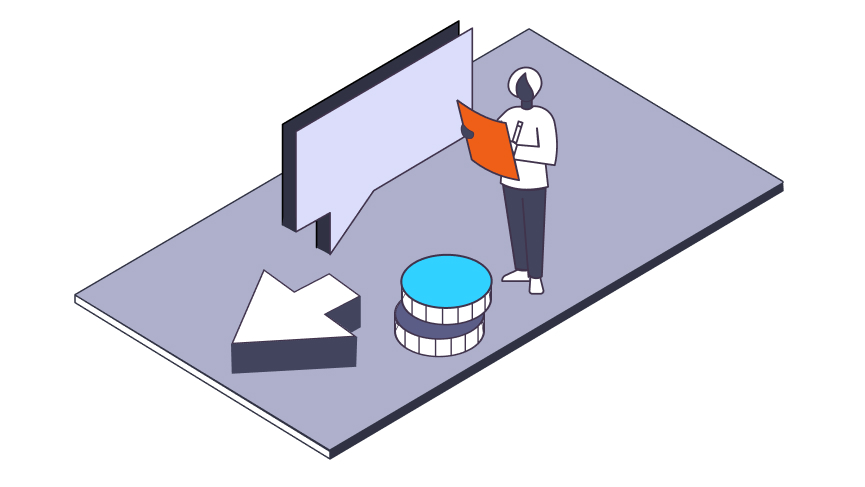Parents of invention: Mitigating risk and anticipating outcomes
Where would the world’s greatest inventors be without simulation?
Real-time test and learn models have always been the backbone of discovery and innovation. Take for example the first flight simulator, which soared into historical fame courtesy of Edwin Albert Link in the early 1930s. Link’s “Blue Box” prototype simulator—a fuselage-like device equipped with a cockpit, instruments, and controls—was a total game-changer in the field of aviation and went on to become an indispensable part of pilot training programs across the globe.
Interestingly, around the same time Link was tinkering with a device to help nascent pilots anticipate outcomes by mimicking real-life scenarios, NielsenIQ’s founding father, Arthur C. Nielsen, was building his own forward-looking invention. Nielsen developed the first-ever index to measure real-life sales in drug and retail stores, which subsequently launched the groundbreaking concept of market share—one of the most widely used KPIs for measuring a business’s past and future growth.
Flash forward to the present, when retailers and brand makers are contending with a whole new set of challenges that have been unleashed in the omni-gone-wild grocery world. After a year when the grocery sector confronted more transformation than it had throughout the entire decade prior, many companies have been scrambling to keep pace with the upheaval and subsequent need to improve the performance of their on-shelf assortment planning and in-store experience.
As such, retail trading partners must be prepared to adapt more nimbly around assortment, grow categories, and maximize returns by taking advantage of sophisticated, cost-effective solutions.
Simulating remarkably realistic shelf sets
Among the most compelling options to that end is predictive simulation software, which can help drive shopper demand through custom-made scenarios that build space-conscious assortments. By assessing potential-category vs. current-category states, retailers can test different assortment planning parameters and settings before determining the ideal planogram.
The simulation capabilities provide remarkably realistic shelf sets to test and conduct “what if” scenario planning prior to implementing major resets. Think of this in a similar way to how a flight simulator creates a controlled environment to test and learn about potentially risky conditions prior to lift off. Powered by three-dimensional, 360-degree store scenarios, retailers and brands can leverage immersive testing capabilities away from the prying eyes of competitors and without disruptions at the shelf or in-store.
The results of these simulation models are impressive, showing 85% greater efficacy than using sales rates alone. Additionally, these simulations show an 8% improvement over aggregate analytics by using store-level models, according to proprietary NielsenIQ data gathered over a five-year period.

Make your assortment strategy work for you
While assortment is getting harder, your competitors are looking for every edge. Stay ahead with proactive strategy and solutions to simplify the complexity of the changing retail and manufacturing landscape.
Automated assortment planning improves store-level performance
Once the assortment has been refined with a product mix that best meets the needs of a diverse range of consumers, the store-wide rollout follows next. The otherwise complex process is streamlined with intuitive planogram software. An integrated, automated planogramming process ties directly into the refined assortment, using diverse modules to support a client’s unique needs. By following a category-by-category process, retailers can create merchandising rules to improve product placement efficiency on the shelf.
As opposed to a generic, one-size-fits-all plan for all stores within a retailer’s fleet—for which manual adjustments must invariably be made to accommodate for the needs of disparate store sizes and formats—automation vastly reduces labor hours and manpower by streamlining the process and freeing up merchandising teams’ valuable time to allow them to concentrate on more pressing priorities required of their roles.
While it’s no secret that growing a brand’s presence at the shelf requires both the right products (assortment) in the right place (space), all too often, these two subjects are treated as separate levers, resulting in dissatisfied shoppers and suboptimal results for you.
Simulation and automation have played crucial roles in many advancements throughout history, and in recent years have added tremendous value to grocery trading partners’ bottom lines. The end-to-end planning benefits offered by store simulation and merchandising automation platforms not only simplify complex, labor-intensive processes, but also helps to save costs through integrated solutions.




